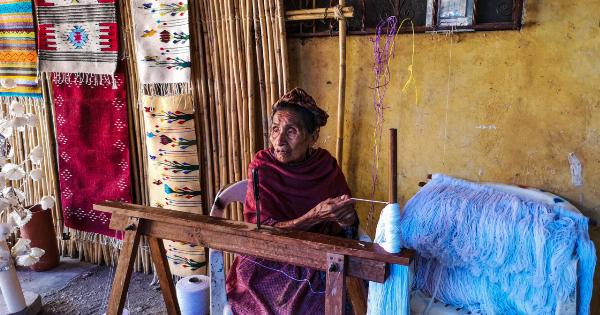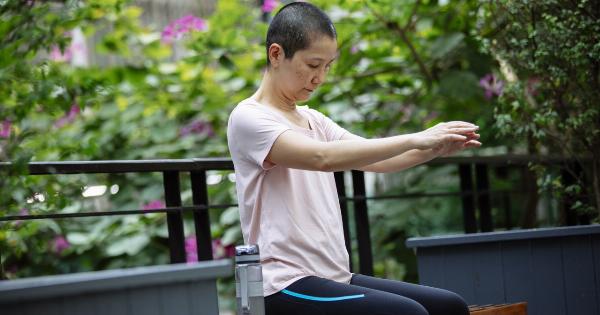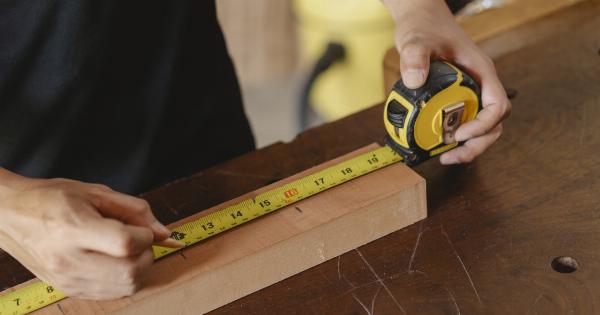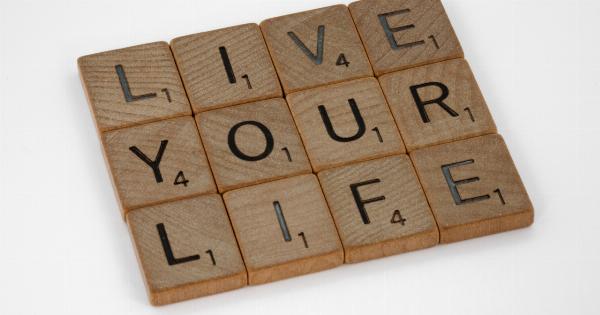Being a working mom is one of the toughest jobs in the world. Moms are expected to balance their work and their families, ensure that their children are nurtured and happy, and maintain a career, all while dealing with societal pressure and judgment.
This balancing act often results in what’s known as the “working mom’s dilemma.”.
The societal pressure
Society has a set of expectations for mothers that they are supposed to adhere to. Mothers are responsible for raising their children, so the burden of childcare primarily falls on them.
Working mothers, in particular, are supposed to juggle parenting and career without letting one overshadow the other. However, these expectations are unrealistic.
Society subtly implies that working mothers don’t care enough about their children if they choose to work outside the home.
Moms are usually the target of scrutiny, and a working mom is expected to cultivate the same level of commitment to her children as a stay-at-home mom would. It’s no surprise that working moms carry the stress of not being able to meet these expectations.
The challenge of balancing work and family
The struggle of finding a balance between work and family is real. With work commitments, it’s not always easy to make it home in time to prepare meals, run errands, or attend children’s events and doctor’s appointments.
Finding affordable and accommodating childcare options can also be a challenge, as the burden of arranging and paying for it falls on the mother.
The lack of support for working moms is also apparent in workplaces. Some employers may be inflexible when it comes to working hours and may miss opportunities to provide accommodations that can help mothers balance their work and life.
This has led to women dropping out of the workforce, reducing their working hours, or choosing less demanding job positions, all in an attempt to reduce the burden of their responsibilities.
The guilt factor
The biggest challenge working moms face is the guilt they carry.
They feel guilty for not spending enough time with their children, guilty for missing important events, guilty for not helping with school projects, guilty for not being able to be more present, and guilty for occasionally putting their work first. This feeling of guilt can be overwhelming, leading to burnout and stress that can affect their mental and physical wellbeing.
Breaking down stereotypes
The first step towards addressing the working mom’s dilemma is breaking down stereotypes. Society needs to accept that mothers are entitled to their careers as much as men are.
Just because a woman has a family doesn’t mean she should be denied the right to pursue a fulfilling career. Employers, on the other hand, should offer more flexible work arrangements and family-friendly policies that allow women to work without compromising their responsibilities as a mother.
A supportive work environment makes all the difference in helping women find the balance they need to excel in their jobs and juggles their family responsibilities.
Creating support networks
Working moms are no superhumans, and it’s essential to recognize that. Seeking the support and understanding of fellow moms in similar situations is vital.
Creating support networks helps women connect, share experiences, provide emotional support and offer ideas on how to handle the challenges that come with juggling work and family. These networks could be in the form of online groups, parenting groups, or coffee chats with other moms who understand the struggles and pressures of raising children while working.
Self-care is crucial too
Working moms need to take care of their physical and mental well-being as best they can. Putting effort into keeping up with healthy habits like sleep, exercise, diet, and relaxation can reduce stress and improve energy levels.
Taking time off to recharge and take care of oneself is not an option but a necessity, and a child must see their parent prioritize their physical and mental health.
Final thoughts
In conclusion, the working mom’s dilemma is a reality faced by countless mothers worldwide. It’s a multi-layered problem that needs addressing at a societal level.
By challenging stereotypes, creating support networks, and placing more focus on self-care, working moms can navigate these challenges that arise from juggling work and family to create a fulfilling and balanced life.






























